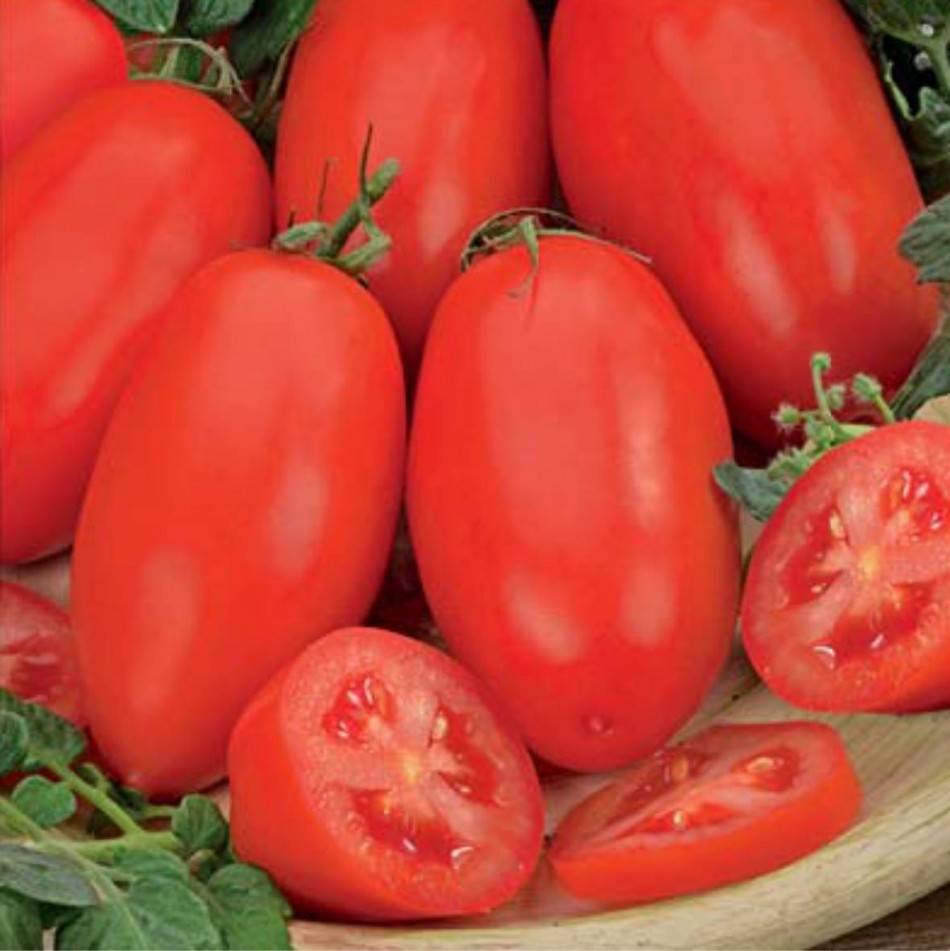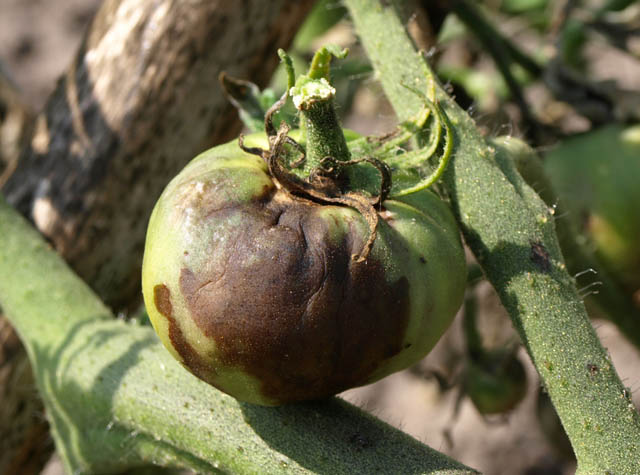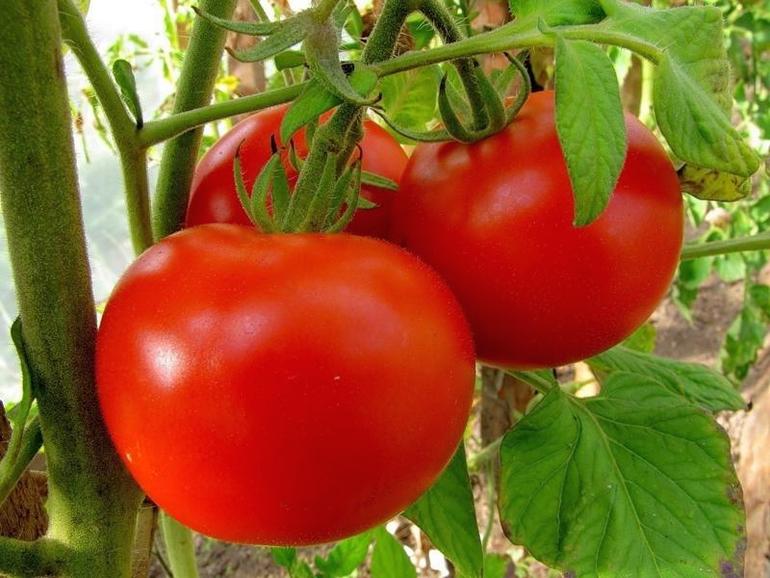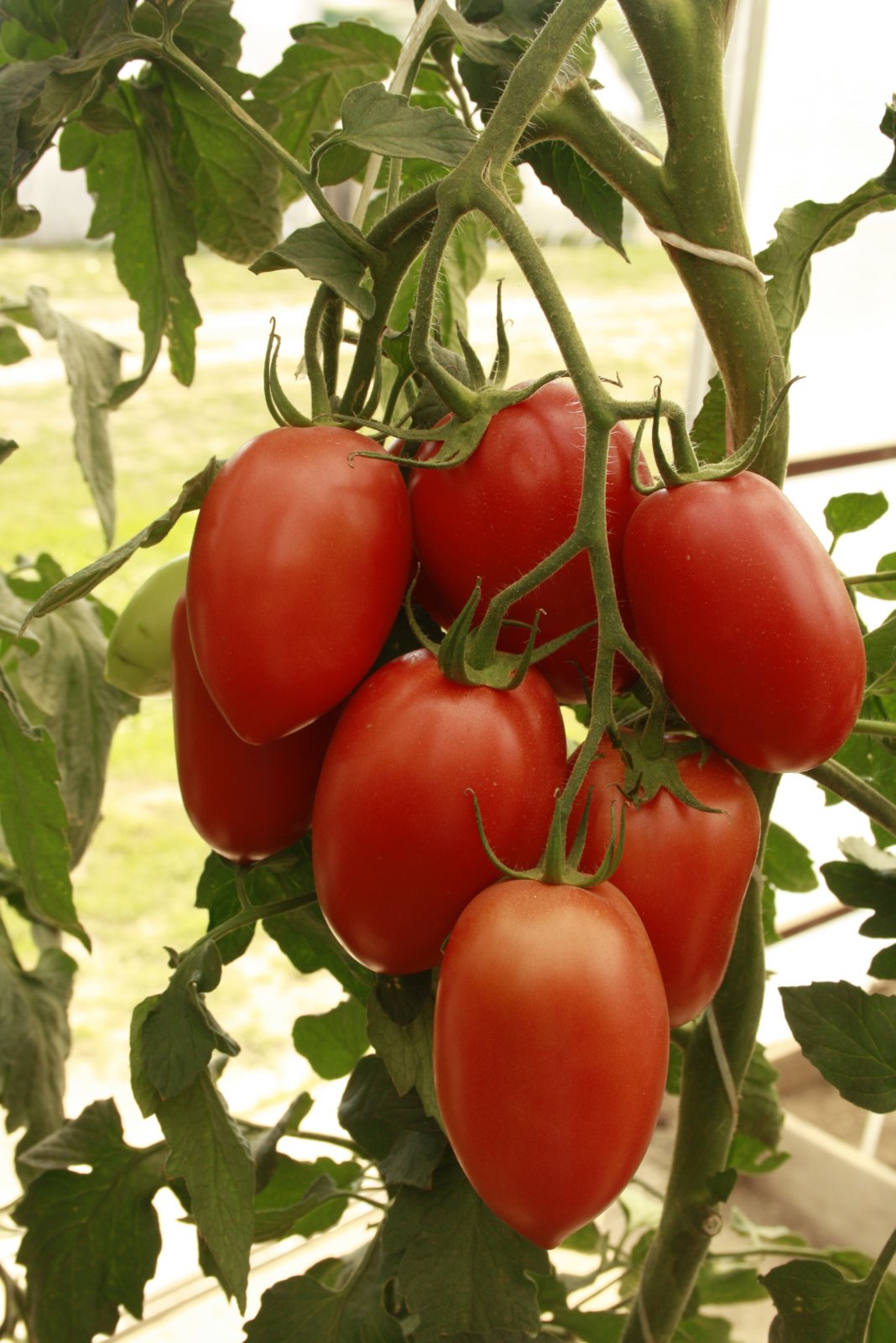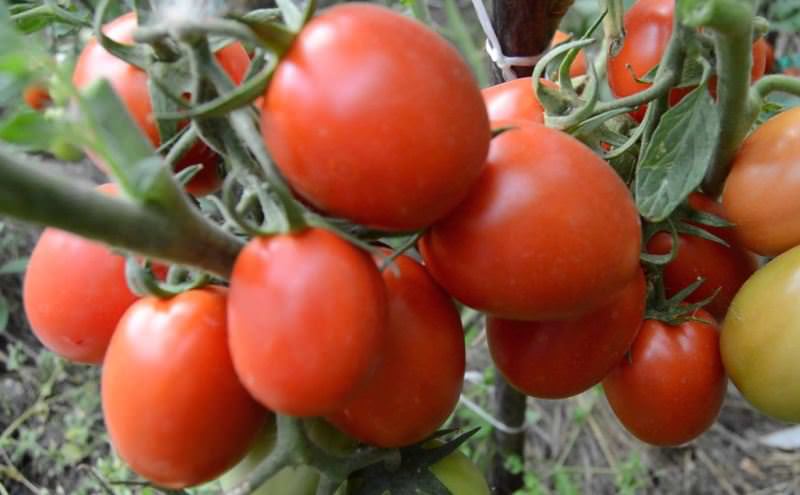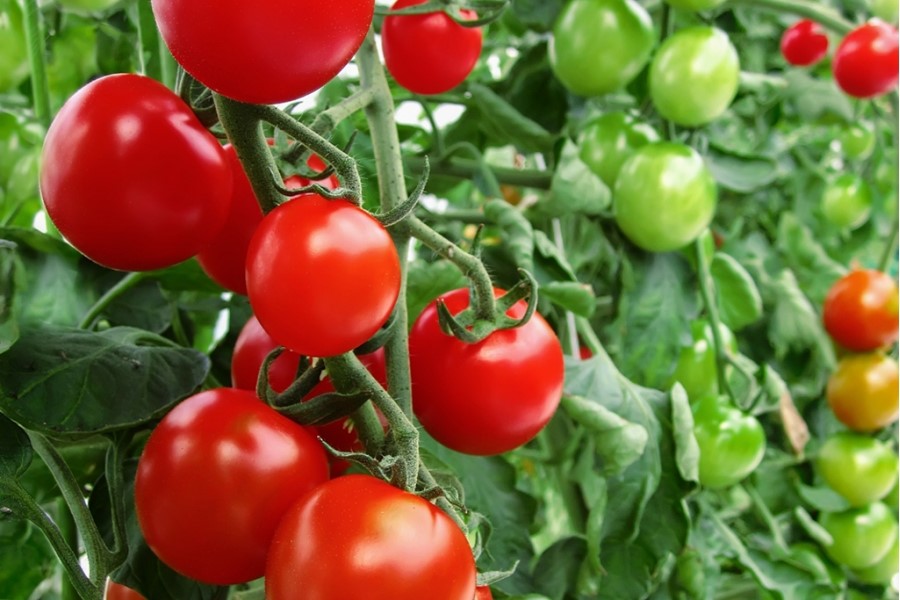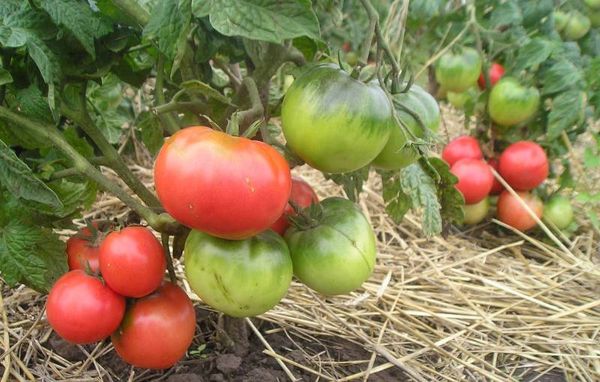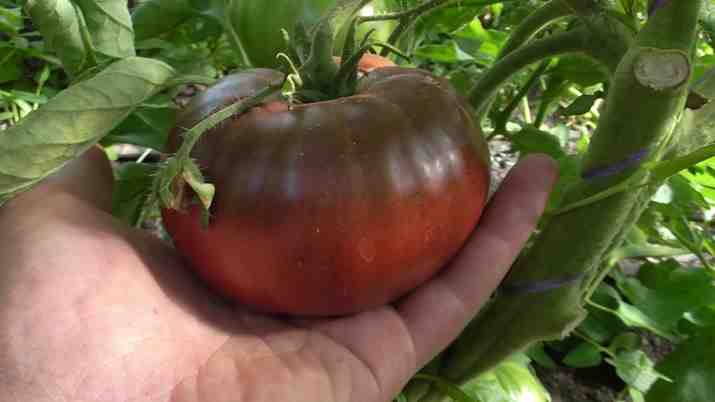Content:
The shuttle tomatoes common among gardeners were bred by a group of Russian breeders at the very beginning of this century. The selection of the variety was tied to certain climatic conditions, since the plant was bred specifically for breeding in the southern and central regions of Russia.
By attachment to the place of its growing season, the Shuttle tomato belongs to the species that are supposed to be grown in open ground conditions. However, if necessary and observing certain rules, this variety can develop successfully and bear fruit well both in greenhouse beds and under film protection.
Some amateur gardeners experimenting with vegetable crops tried to grow shuttle tomato bushes in indoor conditions. To do this, they used large pots contained on a windowsill or on a loggia. According to some of them, the results were quite satisfactory.
Description of the variety and its characteristics
Plant
According to their characteristics, the shuttle tomato bushes, which are described below, refer to determinant or standard crops, since most often their height is not more than 50-60 cm.Despite their short stature, these plants have a rather reliable and stable stem, on which in young branches (stepsons) and leaves appear in limited quantities.
The fact is that standard crops generally do not need any intervention in the process of forming a stable stem, independently regulating its appearance. This property refers to the undoubted advantages of this variety and saves time and effort spent on its cultivation.
Note also that shuttle tomatoes begin to form clusters with future fruits from the moment the sixth leaf is formed. Moreover, on each such brush, from 6 to 10 simple inflorescences are obtained.
Fruit
When describing the fruits of a vegetable crop, we especially note the following points:
- In the event that you want to get rather large tomatoes, you will need to pinch them, leaving only 4-5 ovaries on the bush;
- If you do not do this in a timely manner, you will get a large number of medium-sized tomatoes. After pinching, they are quickly saturated with juices and acquire the required condition;
- The "Shuttle" tomato itself has a slightly elongated cylindrical shape, and on its outer part there is a small "nose" pointed towards the end;
- The color of the tomato after their complete ripening is bright red, and the skin is dense, completely not prone to cracking;
- When fresh vegetables are consumed, some viscosity (lack of softness) is noted in their taste.
The mass of each of the Tomato Tomato Shuttle characteristics and description of the variety discussed in this review, on average, is somewhere around 60-80 grams. By removing individual ovaries, if necessary, it is possible to obtain specimens weighing up to 150 grams. This indicator should be attributed to the record figures for such early ripening fruits as the Tomato Shuttle.
Most of the amateurs note the pleasant taste of this type of fruit (close to "excellent"). The tomato shuttle itself, the characteristics and description of the variety of which are given here, is distinguished by a rather dense pulp, divided into no more than 2-3 seed chambers.
At the same time, the tomato does not have a pronounced aroma, but it very successfully combines sweetness and light sourness. You can use the fruits of this variety not only as a fresh snack, but also for preparing table dishes or long-term canning. They also make excellent thick juice and high-quality pasta.
The significant sugar content in the shuttle fruits allows them to be used in the production of baby food.
Productivity and disease
This type of tomato belongs to the category of early ripening, since it takes no more than 90-120 days to ripen. Such a relatively short period allows them to be used for the earliest salads.
Most often, they are advised to be planted in open (unprotected) soil. Otherwise, it will be necessary to select indeterminate varieties that provide the required fertility.
The yield of a variety is determined by the conditions in which it grows. With its cultivation in greenhouses, it is possible to obtain about 10 kg of vegetables from a unit of planting area. On unprotected beds, this figure can drop to 6-8 kg.
With all the wonderful properties of the Shuttle tomatoes, the description and characteristics of which are generally quite attractive, they are devoid of reliable protection against pests and various diseases. This drawback forces gardeners to take a number of preventive actions, involving pre-sowing treatment of seeds with manganese solution, in particular. As a result of its implementation, viruses and fungal spores, which are the source of specific diseases, are destroyed.
In order to prevent such a common ailment as late blight, for example, a tomato bush is recommended to be sprayed with special branded compounds (fungicides) or an infusion of garlic. Preventive treatment with these drugs is carried out no more often than once every 3 days.
Growing features
Agrotechnical methods of vegetation of Tomato Shuttle do not differ in any way from the same operations for other varieties. Like many such crops, at the first stage, seedlings are planted, carried out in compliance with the following rules:
- The time for her is chosen somewhere at the end of February or at the very beginning of the next month;
- It is allowed to do without picking only in cases when the seeds are sown immediately into a spacious container (with a diameter of at least 6-8 cm);
- For their fast and reliable germination, the air temperature in the room must be maintained at + 25C;
- After the very first shoots appear, the container with the plantings is transferred to a well-lit window sill, which, if necessary, is additionally irradiated with fluorescent lamps;
- Seedlings that have acquired 2-3 full-fledged leaves must be dived with transfer to separate boxes (containers);
- It should be watered with warm water, used in limited quantities (taking into account the state of the soil);
- To maintain the required rates of development, young animals are necessarily fed with nutritious nitrogen fertilizers;
- About a week before transferring to the ground, it should be fed with potassium phosphate supplements.
You can start planting the grown shoots in the greenhouse around mid-May. The same procedure for unprotected beds is usually organized in the month of June.
The soil for planting it (it does not matter if it is a greenhouse or an open garden) should also be carefully prepared, that is, it should be well loosened and nutrients added to it.
When planting young animals, a scheme should be followed, according to which about 4-5 seedlings are placed on a unit area.After planting them, you need to moisten the soil well, and then leave the sprouts for about 10 days (for their rooting).
The current care for the development of tomatoes of this variety consists in watering, as well as loosening the soil and weeding from weeds. For the entire period of their ripening, approximately 3-4 times, tomatoes should be fed with mineral and organic additives. Watering them should be strictly dosed (its intensity depends on the surrounding conditions).
Pros and cons
The undoubted advantages of the variety in question include the following positive qualities:
- Relatively high yield rate;
- Great taste;
- Early ripening of tomatoes;
- The compactness of the bush and the ease of caring for it (the ability to do without dividing);
- Resistance to difficult weather conditions, as well as unpretentious care;
- The ability to breed in any conditions;
- Versatility of application.
At the end of the review, let us once again draw attention to the specifics of this variety, which was bred exclusively for regions with warm and temperate climates. When choosing shuttle tomatoes for cultivation in your garden, you should always keep this circumstance in mind.
